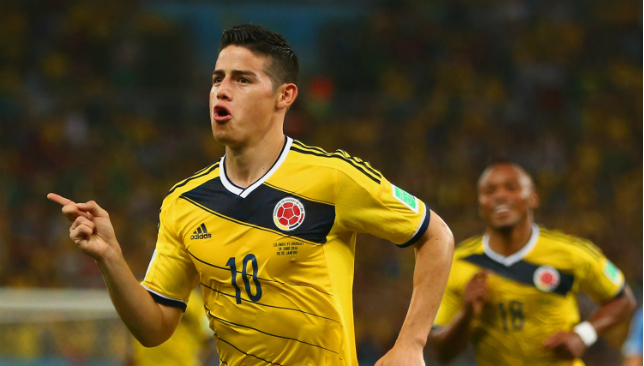
The World Cup is not only the biggest prize in football. It’s also a month-long shop window for the world’s best players.
With the transfer market open even as players compete for the famed Jules Rimet trophy, footballers catch the eye of clubs to earn headline-making moves. Some players, like Ronaldo in 2002 and Fabio Cannavaro in 2006, moved after successful World Cups having already established themselves at the top of their profession.
Others, however, move after bursting onto the scene at football’s biggest stage. Here are five such examples.
JAMES RODRIGUEZ
James Rodriguez had moved to Europe four seasons before World Cup 2014, playing at Porto for three years before making a huge transfer to Monaco in 2013. But no one could have predicted what happened next.
The Colombian scored six goals in Brazil, earning himself the tournament’s Golden Boot award – and no less a figure than Diego Maradona contended that he should have won the Golden Ball as well, ahead of Maradona’s compatriot Lionel Messi.
Real Madrid clearly agreed, signing Rodriguez for a reported fee of £63 million – the fourth-biggest transfer fee in history at the time.
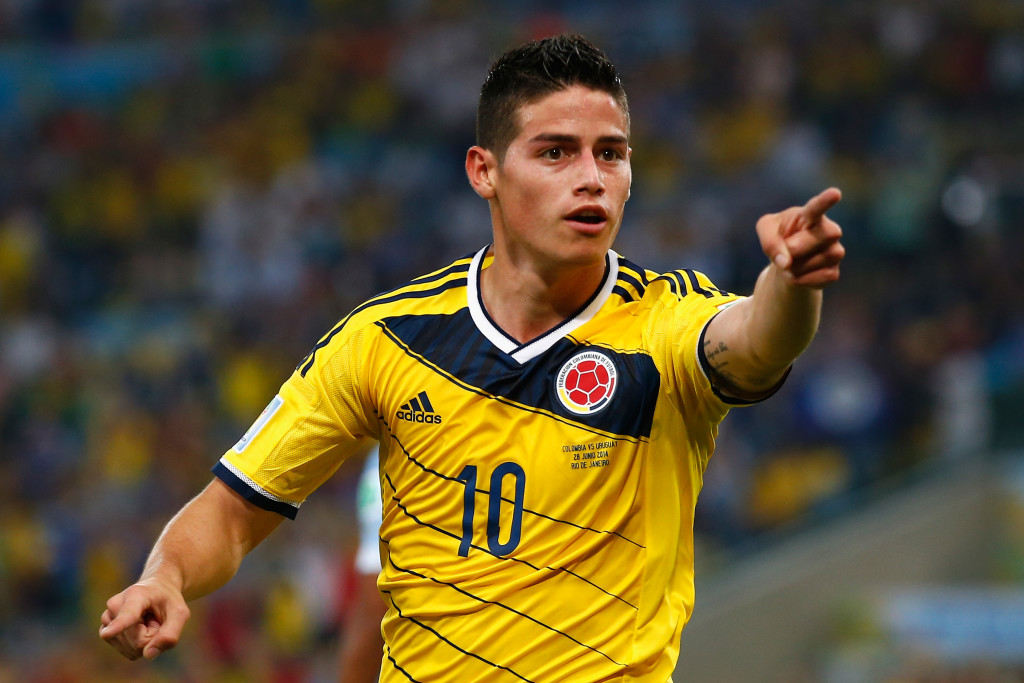
James Rodriguez earned a big-money move after starring at the 2014 World Cup.
TONI KROOS
Rodriguez stole the headlines at the 2014 World Cup but Toni Kroos won the prize that mattered most, with Germany being crowned champions after a dramatic final.
Kroos was instrumental in Die Mannschaft’s midfield that summer, recording four assists as he stood out among some talented attacking colleagues. He scored twice in Germany’s infamous 7-1 win over Brazil in the semi-final, when he was named man of the match.
His performances for a World Cup-winning side made him a priority signing for Real Madrid, who were looking to replace the aging Xabi Alonso. For a paltry £20m, the erstwhile Bayern Munich man was theirs.
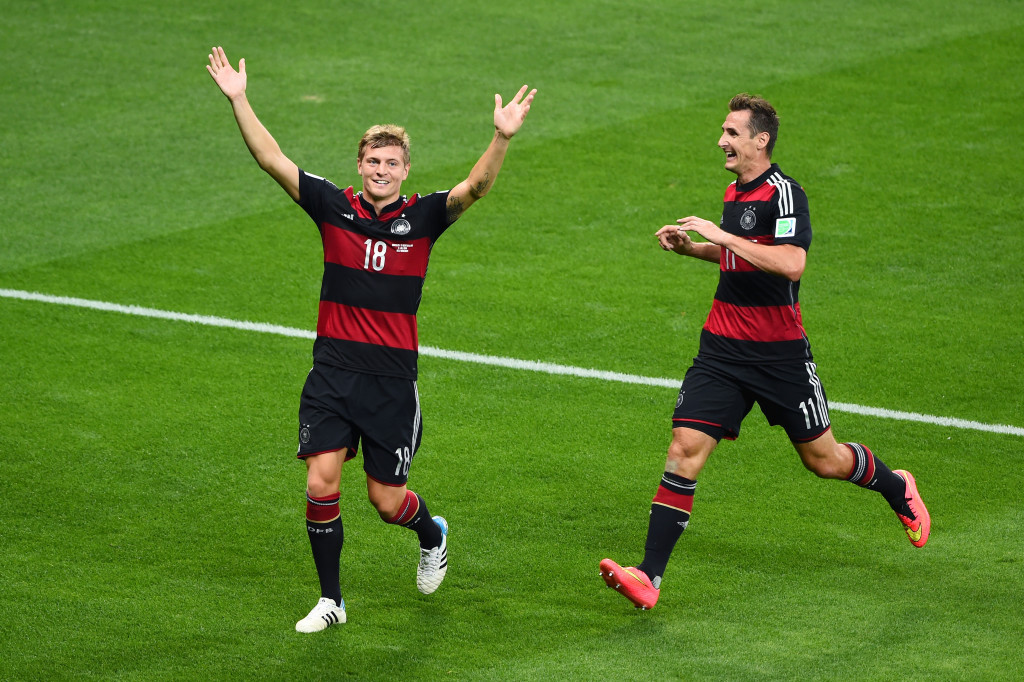
Toni Kroos led Germany to the 2014 World Cup trophy, then moved to Real Madrid.
MESUT OZIL
Germany may have won the World Cup in 2014, but the seeds for that success were sown in the previous tournament, as their young brigade, Kroos included, led the team to the semi-finals and a third-place finish.
Mesut Ozil was viewed as the star of that side, scoring once and tallying three assists and catching the eye of Jose Mourinho, newly installed as Madrid manager at the time, and he duly made Ozil one of his first signings.
Arguably, Ozil has never been better than during his three-year spell at Madrid. At least, he was a much less polarising figure for his own team’s fans, unlike at Arsenal.
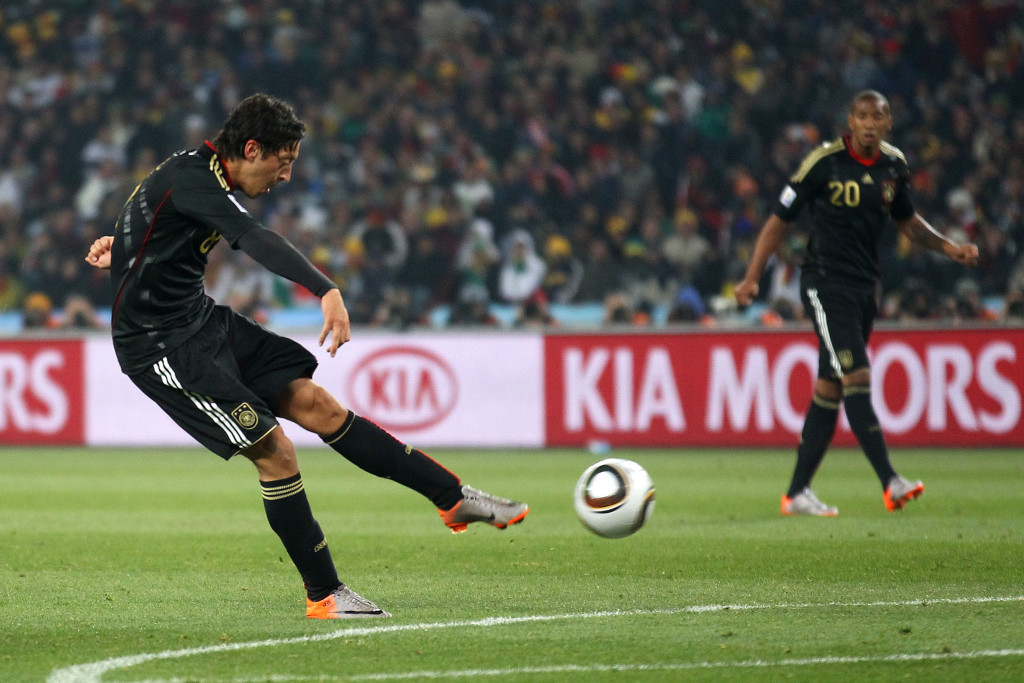
Mesut Ozil burst onto the scene at the 2010 World Cup.
ANGEL DI MARIA
It’s clear that Real Madrid love making statement signings after the World Cup, casting their eye over the world’s best talents and then taking their pick.
In the same summer they signed Ozil, they also got Angel Di Maria, who had starred as part of a youthful Argentina side who had reached the quarter-finals – losing to Ozil’s Germany. He was Mourinho’s first signing for Madrid.
Di Maria would later make another post-World Cup move, joining Manchester United in 2014.
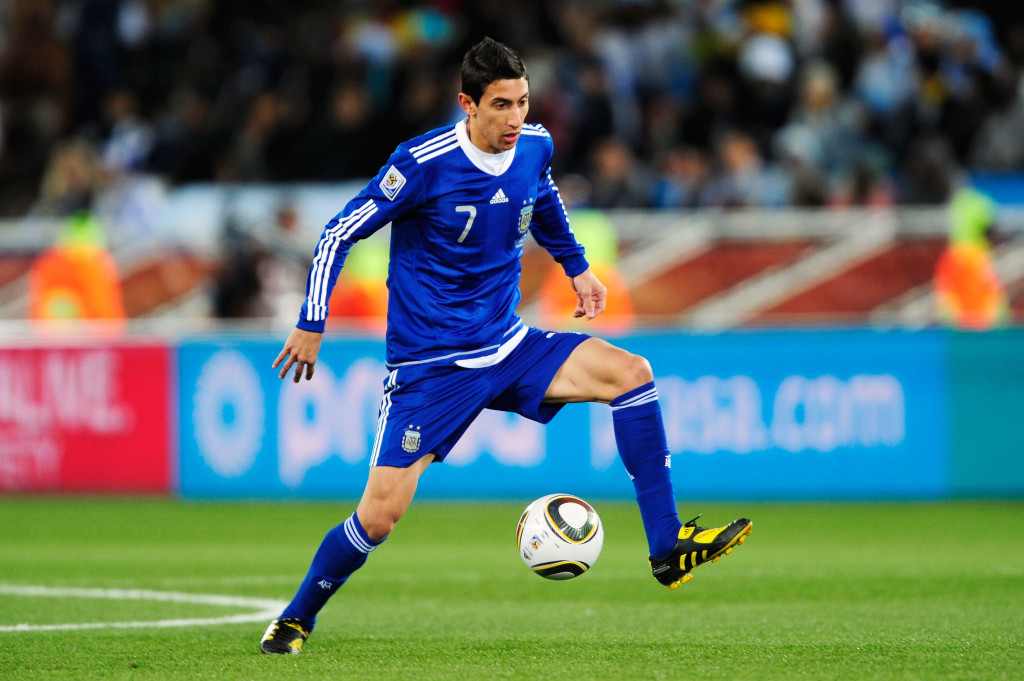
Angel Di Maria was one of the best young players at the 2010 World Cup.
RAFAEL VAN DER VAART
Amid a raft of Real Madrid signings, here’s one who moved the other way after a World Cup. Van der Vaart had never really cut it at Santiago Bernabeu, enduring a couple of inconsistent seasons after joining in 2008.
But his performances at the 2010 World Cup, when he, alongside Wesley Sneijder and Arjen Robben – other failed Madrid signings – led the Netherlands to the final, catching the eye of Europe’s best clubs.
It was Tottenham who stole a march on everyone else, signing the Dutchman for an astonishingly low fee of £8m. No doubt Madrid were easily convinced to let him go after signing Ozil and Di Maria.
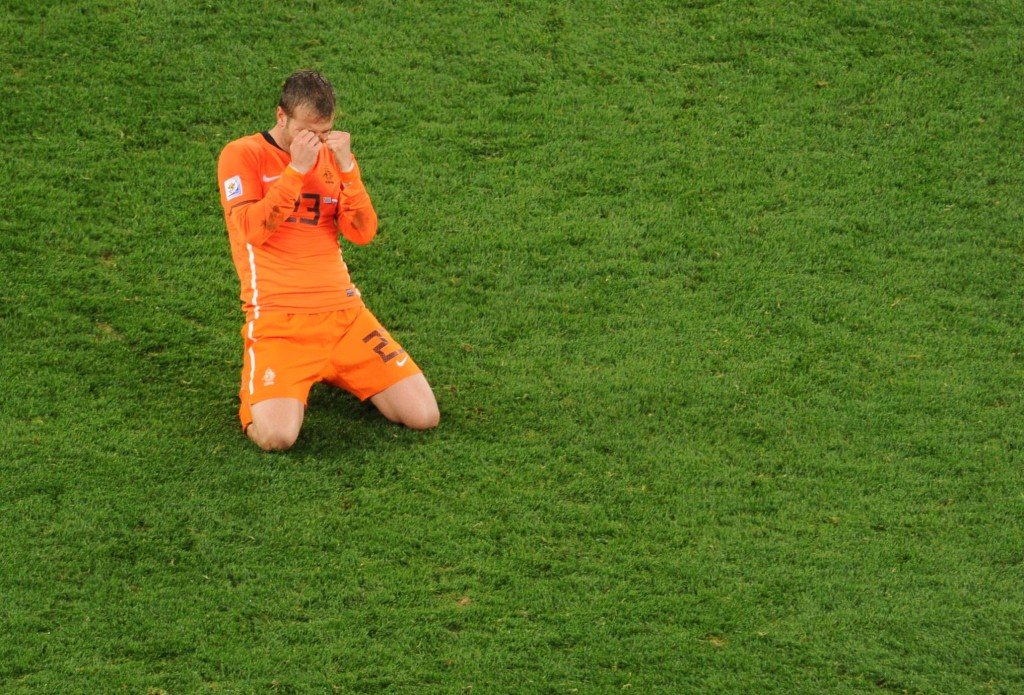
Rafael Van der Vaart led the Netherlands to the final in 2010.